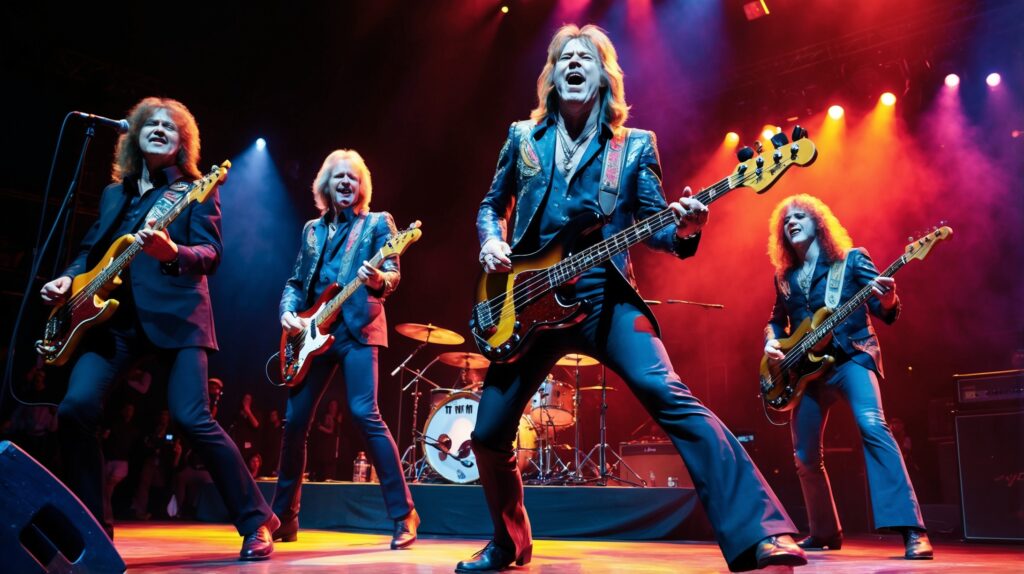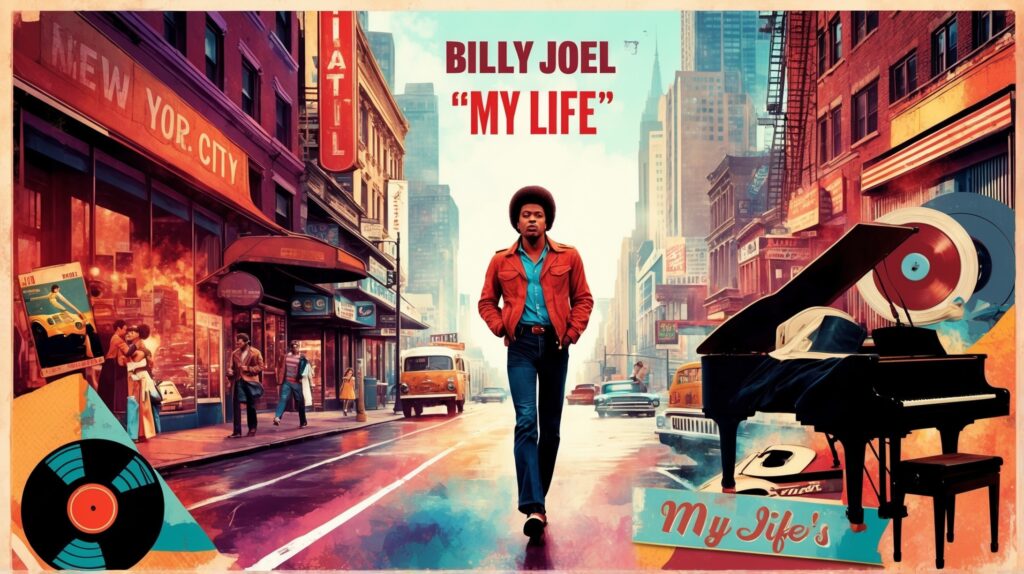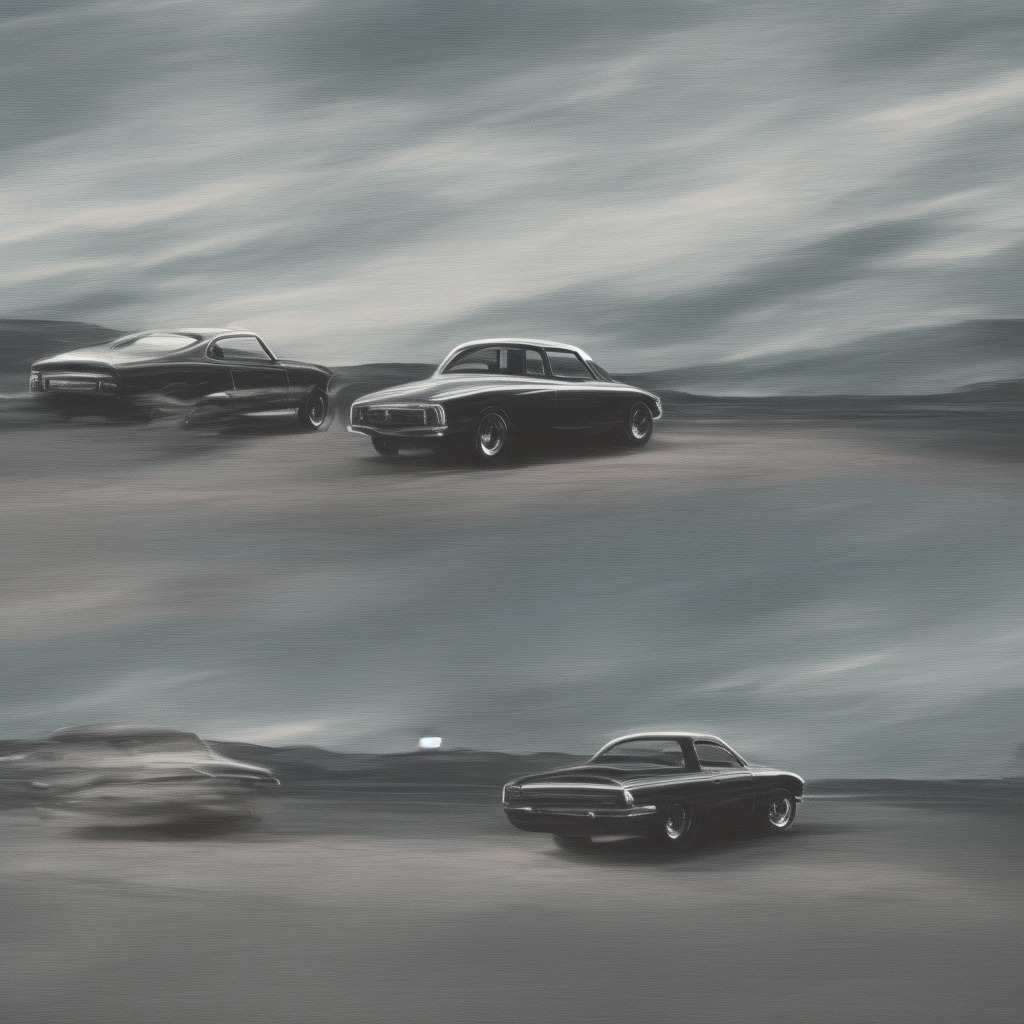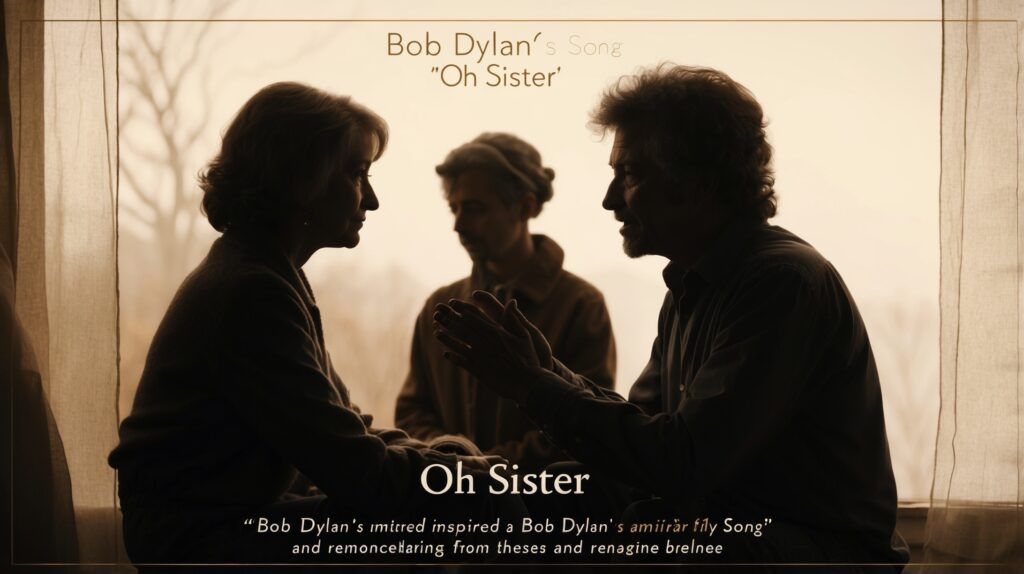The Dynamic Journey of Thin Lizzy: Shaping Rock’s Legacy
Explore the dynamic history of Thin Lizzy, the creators of ‘Don’t Believe A Word,’ and their influence on rock music through their unique sound and storytelling.
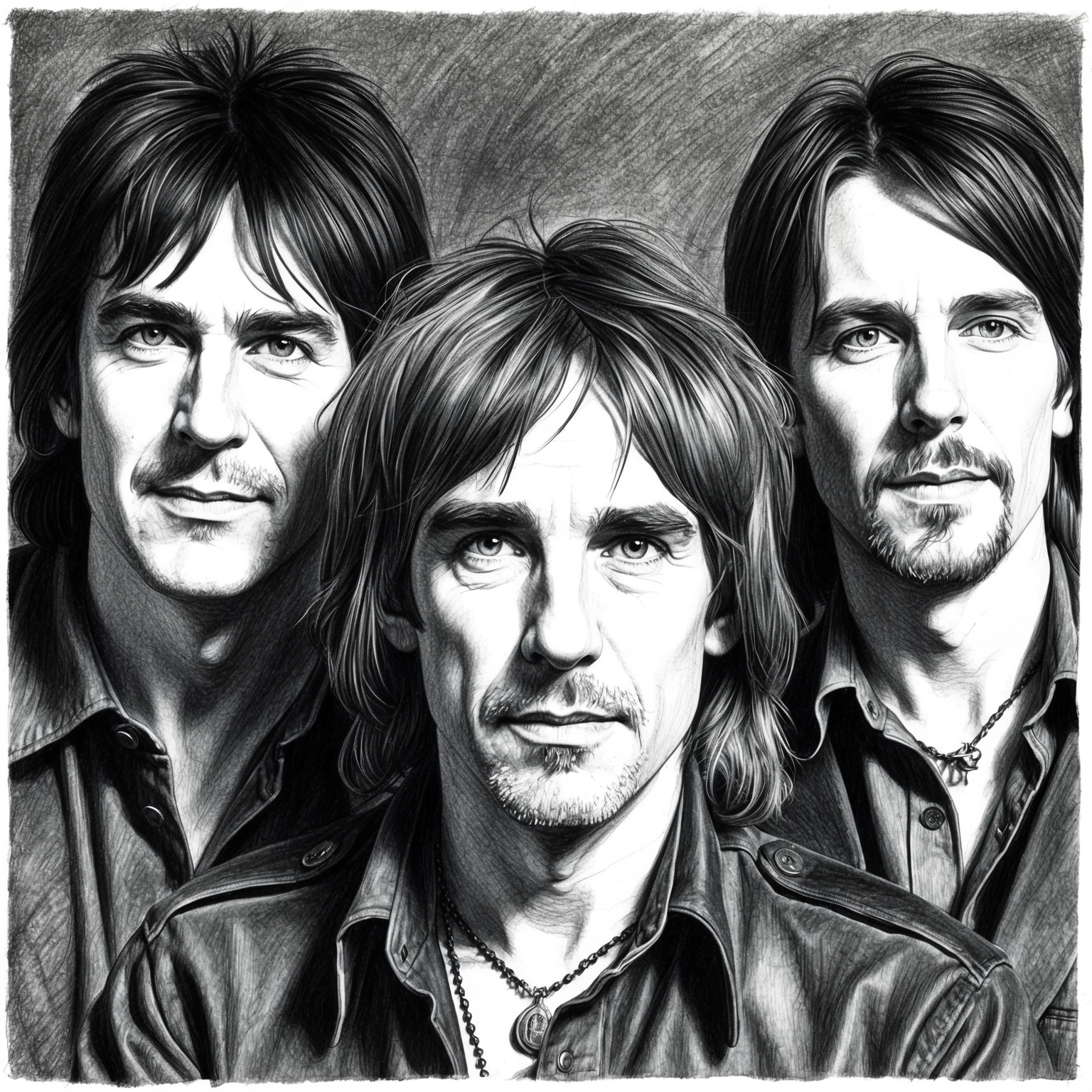
Thin Lizzy, a name synonymous with classic rock, stands as a testament to the dynamism and creativity of the music scene in the late 20th century. Emerging from Dublin, Ireland, in 1969, this band encapsulated the raw energy and stylistic diversity that would go on to influence countless musicians. The release of “Don’t Believe A Word” holds a particular place in their history, melding their signature twin guitar harmony and engaging storytelling into a compact rock gem.
Formed by Phil Lynott and drummer Brian Downey, the band initially navigated the Irish music landscape, earning respect for their unique blend of folk, rock, and traditional Irish music. Lynott, as the frontman and primary lyricist, brought a poetic touch to their music, infused with his riveting vocals and charismatic stage presence. As the 1970s progressed, Thin Lizzy welcomed various members, including guitarists Scott Gorham and Brian Robertson, who contributed to the band’s evolving sound.
The mid-70s was a period of significant transformation for Thin Lizzy, highlighted by iconic albums such as “Jailbreak” and “Johnny the Fox.” The track “Don’t Believe A Word,” featured on the latter, was a product of Lynott’s introspective songwriting process and was crafted in collaboration with guitarist Robertson. This era was marked by a vibrant rock and roll scene, with Thin Lizzy positioning themselves at the forefront, praised for their ability to craft anthems that resonated with audiences while intriguing them with complex musical arrangements.
A Dive into the Genius Behind ‘Don’t Believe A Word’
Explore the musical genius of Phil Lynott, the composer behind ‘Don’t Believe A Word,’ and how his eclectic style and emotive compositions defined Thin Lizzy’s unique sound.

When discussing the brilliant composition of ‘Don’t Believe A Word,’ we must give credit to Phil Lynott, the mastermind behind not only this song but much of Thin Lizzy’s catalog. Lynott’s background is as colorful as his music; born in West Bromwich, England, to a Brazilian father and an Irish mother, his upbringing in Dublin profoundly shaped his musical journey. As the frontman of Thin Lizzy, Lynott’s career exemplified a blend of rock, folk, and blues influences, creating a signature sound that resonated with audiences across the globe.
Lynott’s musical style was eclectic, drawing from his varied influences that ranged from Jimi Hendrix to Irish folklore. His ability to blend different genres allowed him to craft songs that were both innovative and accessible, making Thin Lizzy’s music evergreen. Phil Lynott’s lyrical prowess complemented his compositional talent, as seen in ‘Don’t Believe A Word.’ The interplay between the music and the lyrics in this song captivates listeners, showcasing Lynott’s deft songwriting ability.
The collaboration between Phil Lynott and guitarist Brian Robertson on ‘Don’t Believe A Word’ is noteworthy. Robertson’s gritty guitar riff perfectly harmonizes with Lynott’s raw and emotive lyrics, creating a track that’s charged with both energy and emotion. Lynott’s contribution to the song was not only foundational but definitive, imbuing it with the soul and intensity that Thin Lizzy fans have come to love. His composition ensures that the song not only captures the ears but also the hearts, making it a vital piece in Thin Lizzy’s discography.
The Legacy and Influence of ‘Don’t Believe A Word’
While ‘Don’t Believe A Word’ may not have traditional awards, its legacy shines through iconic covers and media appearances, solidifying its place as a timeless rock classic.

Thin Lizzy’s “Don’t Believe A Word” may not have bagged awards in the conventional sense of golden statues or plaques, but its influence and impact resonate profoundly through the corridors of rock history. This iconic track, standing tall as one of the epitomes of the classic rock era, has left imprints on numerous musicians who have taken inspiration from its catchy riff and emotionally charged lyrics. Through their interpretations and covers, they have kept the song’s spirit alive, contributing to its enduring legacy.
One of the most notable covers of “Don’t Believe A Word” came from revered blues guitarist Gary Moore, a former Thin Lizzy band member, who honored the song in a heartfelt tribute style. His rendition brought a bluesy depth to the track, highlighting the evocative emotion within the simple yet powerful lyrics. Moore’s interpretation is a testament to the timeless quality of the song, emphasizing its flexibility and ability to resonate across various musical styles.
The song’s presence wasn’t limited to just covers; it has seeped into popular culture through appearances in various media formats. Although it did not feature on blockbuster movie soundtracks or TV shows as frequently as some other classic rock anthems, “Don’t Believe A Word” has made several notable appearances, including being featured in documentaries about the band and the evolution of classic rock music. This continued spotlight showcases the song’s pivotal role in shaping the rock genre, maintaining its relevance across generations.
A Rock Anthem’s Journey Through the Charts
Thin Lizzy’s “Don’t Believe A Word” climbed to No. 12 on the UK Singles Chart in 1976, maintaining the band’s momentum as rock pioneers and securing their legacy in the music world.
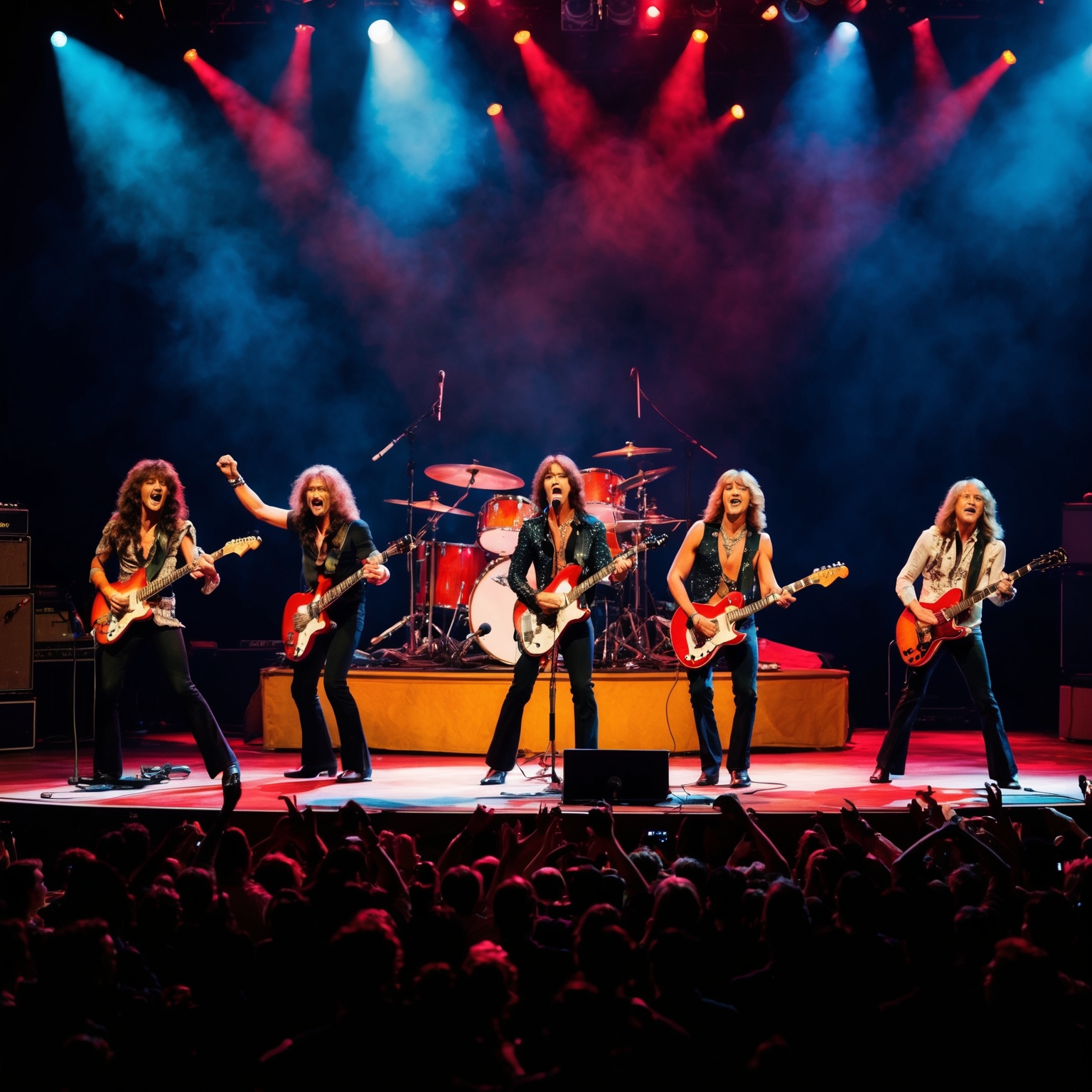
Released in 1976, Thin Lizzy’s “Don’t Believe A Word” was part of their celebrated album Johnny the Fox. The song made an immediate impression on both fans and critics alike, quickly climbing the charts. Notably, it peaked at No. 12 on the UK Singles Chart, a respectable position that underscored Thin Lizzy’s growing appeal beyond their existing fanbase. Their preceding success with hits like “The Boys Are Back in Town” set a lofty benchmark, and “Don’t Believe A Word” ensured that the band remained a staple in the rock scene during the latter half of the 1970s.
In context with the competitive landscape of the mid-70s music charts, which boasted strong contenders from various rock and pop icons, Thin Lizzy’s ability to hold their own was a testament to their solid fan following and the infectious energy of the track. The song helped maintain the momentum they had gathered in the early part of the decade, acting as both a continuation of earlier successes and a precursor to future hits that would solidify their legacy.
Marketing strategies for “Don’t Believe A Word” capitalized on Thin Lizzy’s existing image as rock pioneers. The band leveraged live performances and radio appearances to ensure maximum exposure. This classic approach, combined with word-of-mouth endorsements from satisfied listeners, fueled the song’s success. While not the viral sensations of today’s digital campaigns, these efforts were effective in securing a spot for Thin Lizzy as one of the notable rock bands of that era, ensuring that the song endured well beyond its initial chart run.
Public reception further cemented “Don’t Believe A Word” as a beloved track. Critics appreciated the energy and authenticity brought by Phil Lynott’s signature vocal style and the riveting guitar work. Over the years, the song has been embraced by new generations, thanks to its timeless rock flair and inclusion in playlists that celebrate the best of classic rock. Moreover, Thin Lizzy’s influence can be seen in the works of subsequent bands and artists who have drawn inspiration from their dynamic sound.
Visual Interpretations and Live Performances
Explore the influence of fan-made visuals and live performances in keeping ‘Don’t Believe A Word’ alive, vibrant, and relevant.
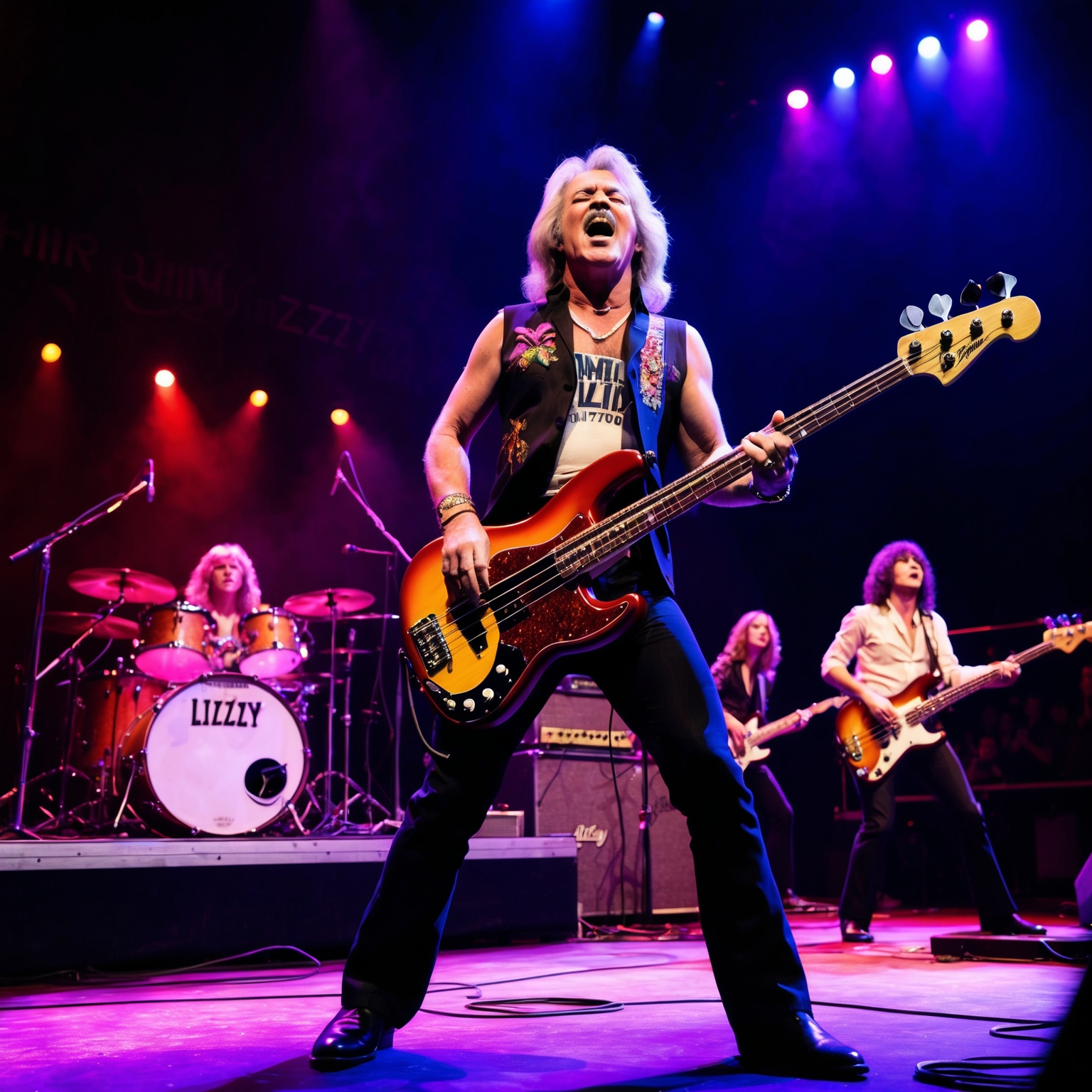
While Thin Lizzy’s iconic track “Don’t Believe A Word” doesn’t have an official music video in the traditional sense, it hasn’t stopped fans and creators from visualizing the song’s dynamic energy through various fan-made videos and live performance recordings. These visual representations often capture the band’s raw, unfiltered essence, resonating with the electrifying vibe of the track.
Fan videos have emerged as a compelling homage to the song, often using footage from Thin Lizzy’s live performances, synchronizing the intense riffs and sharp lyrical delivery with visuals that echo the pulse of the era. These videos contribute significantly to maintaining the song’s vitality and relevance in the digital age, allowing newer generations to experience the fervor of Thin Lizzy’s stage presence.
Live performances of “Don’t Believe A Word” highlight the charisma of frontman Phil Lynott, whose magnetic stage presence and vocal prowess are central to the band’s appeal. Thin Lizzy’s performances, particularly their legendary shows in the 1970s, remain etched in the collective memory of rock history. The band’s live renditions stand out as vivid interpretations, often with improvised solos and energetic crowd interactions, showcasing their ability to elevate a studio recording into a live spectacle.
Exploring the Sonic Architecture of ‘Don’t Believe A Word’
Don’t Believe A Word’ by Thin Lizzy is a complex rock piece featuring a dark key, energizing tempo, and intricate guitar harmonies. The song’s balance between simple yet effective chord structures and dual guitar lines marks it as a key point in the band’s musical evolution.
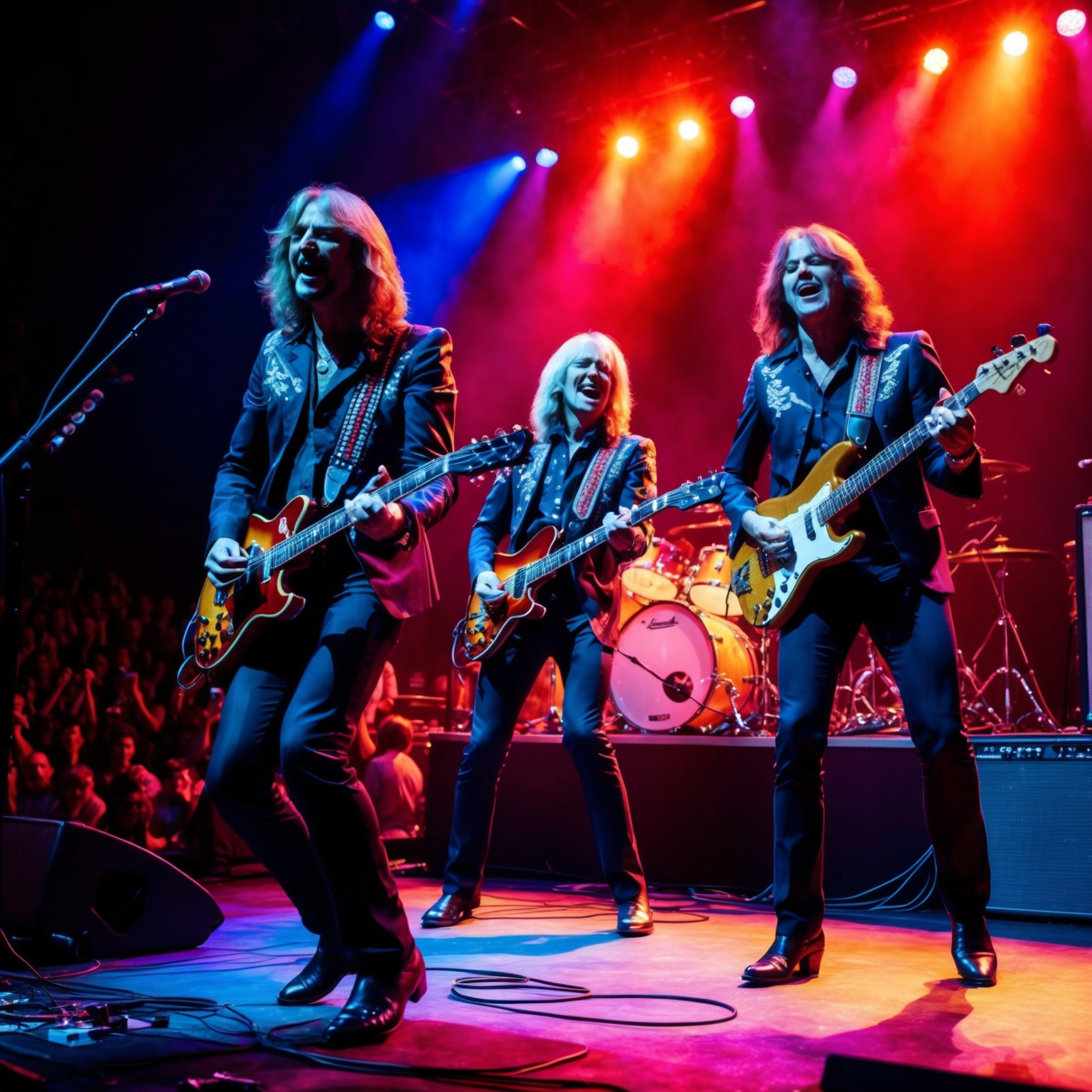
‘Don’t Believe A Word’ by Thin Lizzy showcases a multifaceted song structure that combines the essence of classic rock with blues influences. At its core, the song is set in the key of G minor, which lends a darker, more emotive undertone to the track. The chord progression is typically rooted in power chords that switch seamlessly between G minor, C, and D, creating a robust yet simple harmonic foundation. This track maintains a brisk tempo of around 138 beats per minute that drives its energetic yet soulful vibe.
The melody is straightforward yet catchy, driven by Phil Lynott’s distinct vocal delivery. The harmony is enhanced by the dual guitar work of Scott Gorham and Brian Robertson, which became a defining trait of Thin Lizzy during this era. Their guitar harmonies and melodic solos are not only a cornerstone of ‘Don’t Believe A Word’ but also a signature element of Thin Lizzy’s sound. This interplay between the guitars creates layers of sonic textures, making the song resonate with both rhythm and lead guitar enthusiasts.
The instrumentation features the conventional rock band setup with electric guitars, bass guitar, and drums. Brian Downey’s drumming adds an intricate rhythm, perfectly meshing with Lynott’s bass lines. This song exemplifies a polished synergy in instrumentation that is reminiscent of Thin Lizzy’s earlier works but shows a matured sound evolution compared to earlier albums like ‘Nightlife’. Produced by John Alcock, the recording sessions were notably intense, with a focus on capturing the raw energy of the band. Interestingly, the song initially started as a slow blues ballad before being transformed into a hard rock anthem, showing the band’s adaptive creativity and Lynott’s versatile songwriting.
Deciphering the Enigmatic Love Tale in ‘Don’t Believe A Word’
An exploration of the intricate themes of love and deceit in Thin Lizzy’s ‘Don’t Believe A Word.’ The song’s lyrics blend vulnerability with skepticism, capturing the emotional conflicts of romance through conversational storytelling and impactful literary devices.
For all the ladies, it’s tune called “Don’t Believe A Word”
Don’t believe me if I tell you
Not a word of this is true
Don’t believe me if I tell you, especially if I tell you
I’m in love with you
Don’t believe me if I tell you
That I wrote this song for you
There just might be some other silly pretty girl
…
******* This Lyrics is NOT for Commercial use *******
 Thin Lizzy’s ‘Don’t Believe A Word,’ from their ‘Johnny the Fox’ album, unravels the complexities of love and deceit through its impactful lyrics. One of the central themes is the juxtaposition of truth and lies in romantic relationships. The song presents a seemingly straightforward message about distrust and skepticism in love, yet its real beauty lies in the layers of emotional conflict it encapsulates. By addressing the audience directly and emphasizing disbelief, the lyrics question sincerity and reveal vulnerability, resonating deeply with anyone familiar with the tumult of love.
Thin Lizzy’s ‘Don’t Believe A Word,’ from their ‘Johnny the Fox’ album, unravels the complexities of love and deceit through its impactful lyrics. One of the central themes is the juxtaposition of truth and lies in romantic relationships. The song presents a seemingly straightforward message about distrust and skepticism in love, yet its real beauty lies in the layers of emotional conflict it encapsulates. By addressing the audience directly and emphasizing disbelief, the lyrics question sincerity and reveal vulnerability, resonating deeply with anyone familiar with the tumult of love.
The narrative style is conversational, with a first-person perspective that feels both intimate and confessional. This approach draws the listener in, creating an almost secretive bond, as though the narrator is entrusting the listener with private thoughts while simultaneously warning them not to trust what’s said. This duality highlights a complex emotional landscape, where love is tangled with doubt and longing. This contradiction amplifies the impact and relatability of the lyrics, as it reflects the real-life dilemmas of love and honesty.
Literary devices such as repetition and parallelism are employed throughout the song, enhancing its lyrical quality. The repeated line, ‘don’t believe a word,’ serves as a mantra that underscores the pervasive theme of uncertainty. Unlike many songs that celebrate love’s certainties, ‘Don’t Believe A Word’ explores the uncertainty, adding depth to its narrative. Compared to other Thin Lizzy tracks, this song’s lyrical ambiguity marks it as unique, as it diverges from more straightforward storytelling. This complexity may have contributed to its lasting appeal, engaging listeners who appreciate nuanced lyrics. Cultural references or emotional connections may not be overt, yet the subtlety and artistry of its wordplay invite a myriad of interpretations, ensuring each listener might find their unique meaning, drawing parallels to their personal experiences.
🎸 Did you know? Don’t Believe A Word by #ThinLizzy was born as a blues ballad before rocking into its iconic form! 🎶✨ #ClassicRock #PhilLynott #MusicTrivia https://bit.ly/48XFl7W
Click to Tweet

